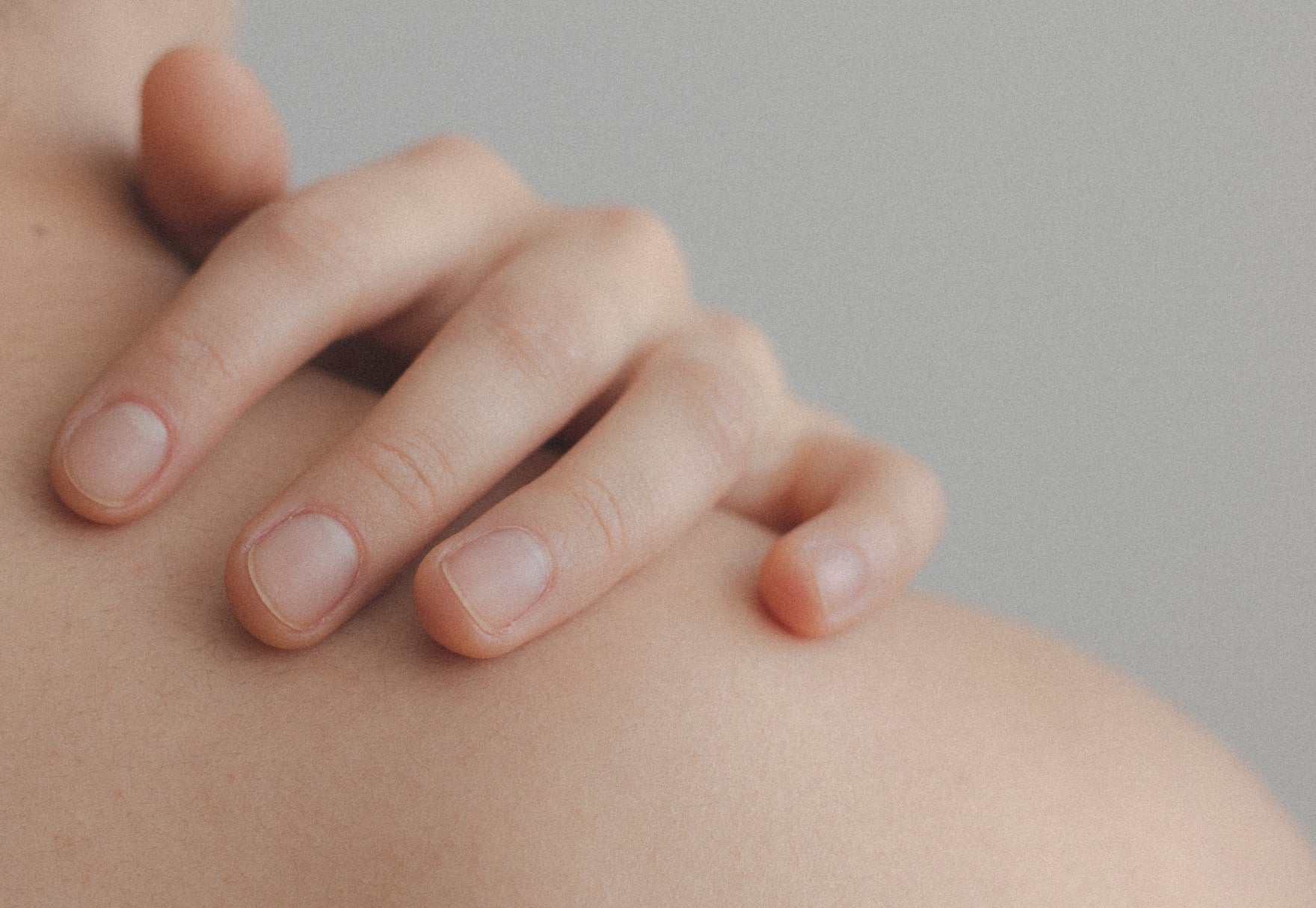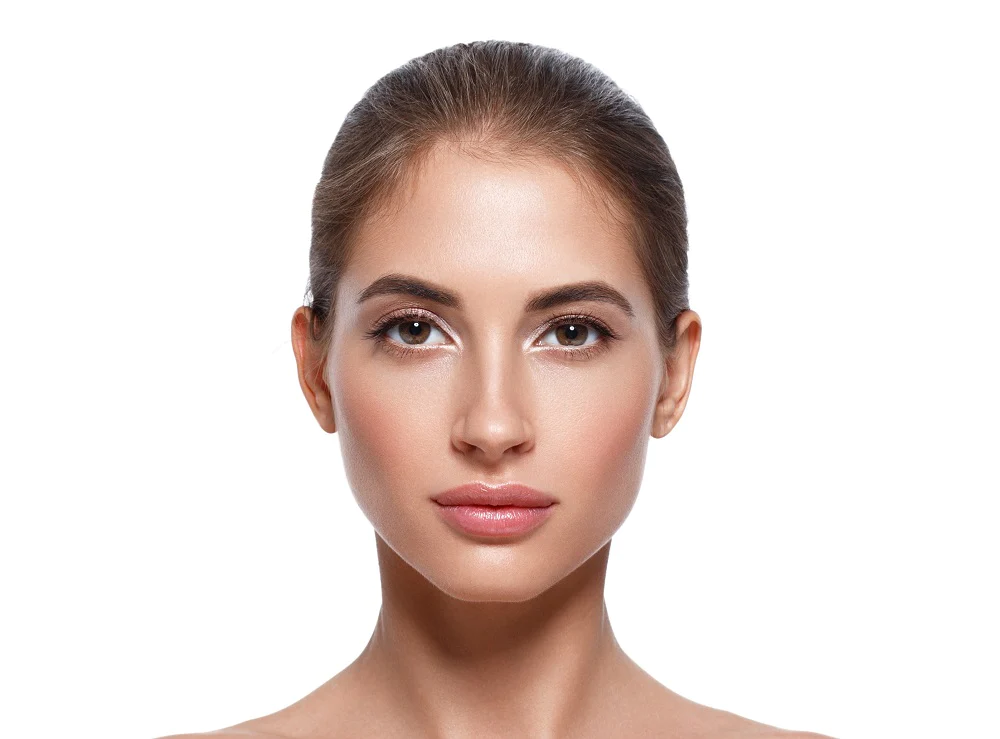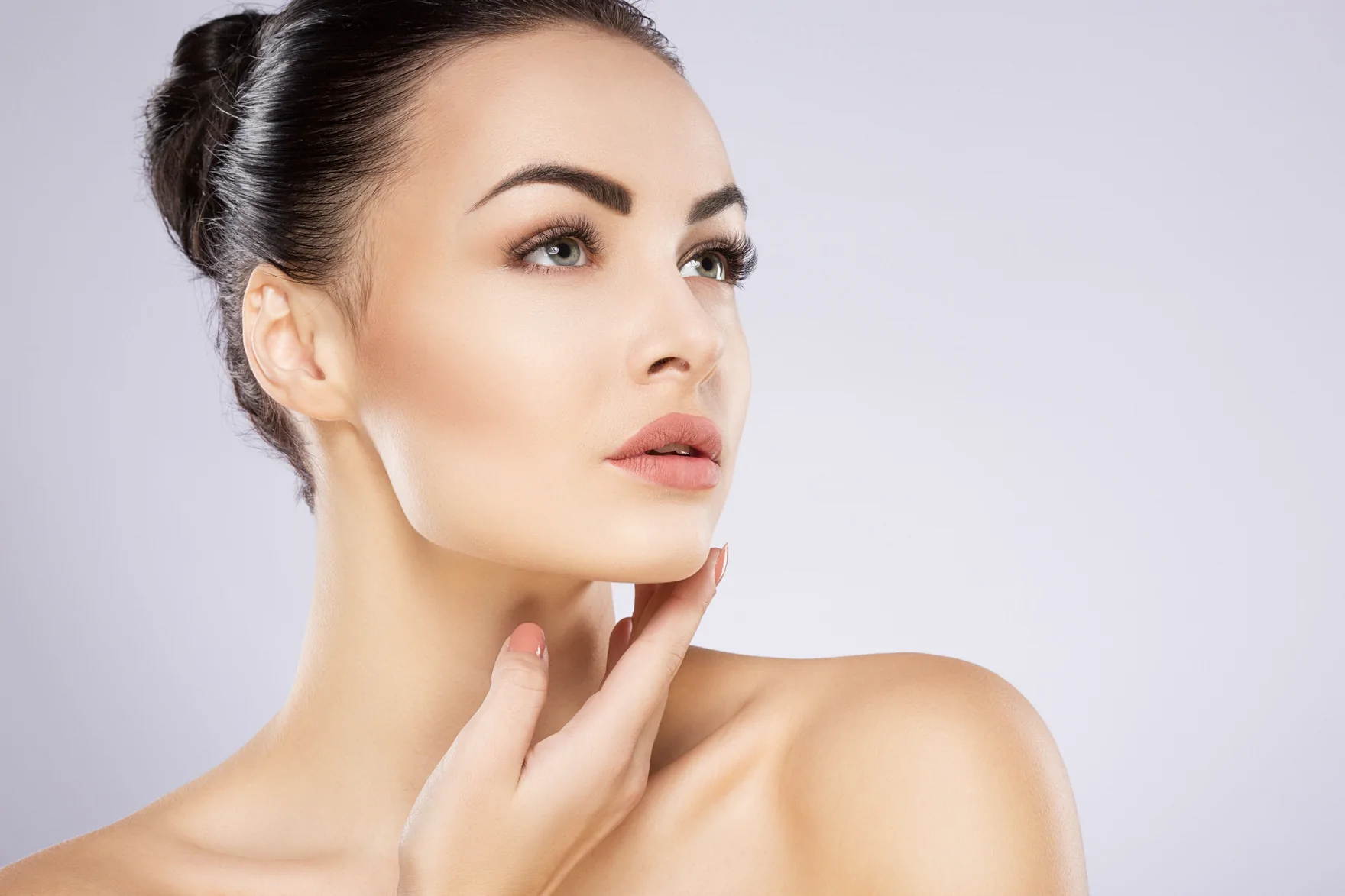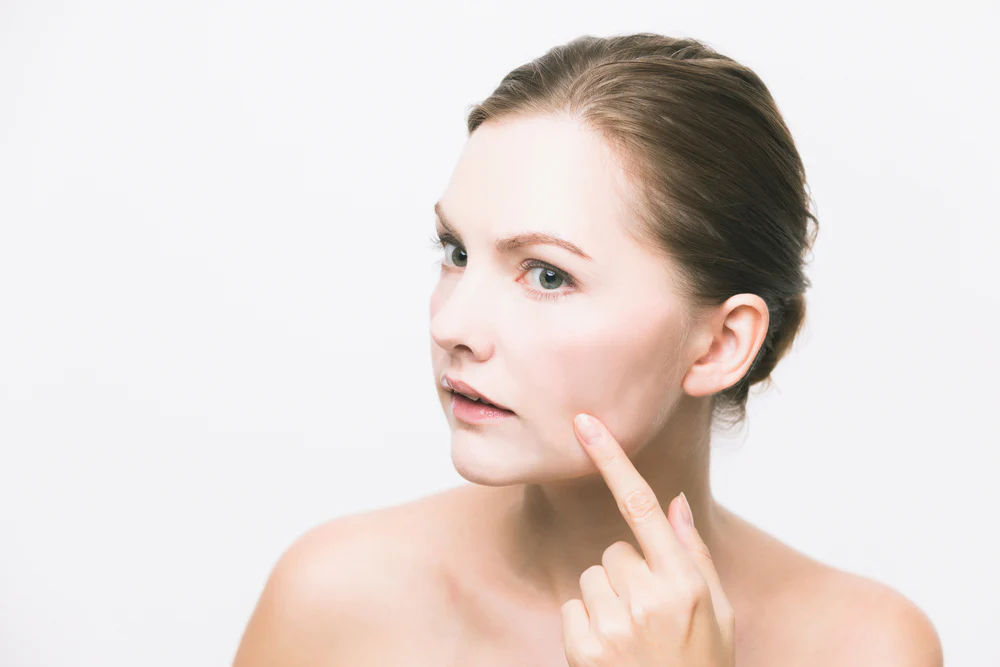

- Face
Facial Assessment: Part I – Symmetry
Facial Shape: The first thing we notice in assessing relative age is the overall shape of the face. When we are young, our faces are roughly heart-shaped, with protruding forehead, nose and cheeks, tapering to a “V” at the chin. Over time, the weight of these features causes slippage, and the bulk of our upper face now resides in the mid-face, and the weight of the mid-face is bearing down on the lower third. After passing through a transitional, mid-life phase of becoming more rectangular, with the formerly protuberant features now flatter and less angular, the gravitational forces eventually invert the “V-Shape” of youth, and the face becomes almost gourd-shaped.
Lines & Shadows: Although the face of youth has smooth, apple-cheeks, over time, the malar fat pads begin to slip, creating deeper smile lines, and exposing the dark hollows under the eyes. Edge-detectors in the human eye are automatically drawn to sharp lines and shadows (e.g., deep nasolabial folds, glabellar furrows or horizontal forehead rhytids), providing additional key visual cues for judging the ages of others.
Read more next week on our Facial Assessment series – Facial Assessment: Part II – Shadows & Beauty







